As a mid-tier cement manufacturer, Kohat Cement has been one to watch out since 2016 when its margins reached 46 percent, at par with the industry leader Lucky Cement, except the latter enjoys the benefit of being in the south. The company was incorporated in 1980 as State Cement Company of Pakistan with a capacity of 1000 tons per day (approximately 30,000 tons annually). In 1992, the government privatized it along with a handful of other cement companies. The company was bought by private investors. Two years later the company went public.
Along with the industry, the company expanded its capacity as demand grew. By 2007, the capacity stood at 2 million tons annually as a new grey and a new white cement line were added. The company also had a standby power plant of 22.4 MW capacity that meets some of its electricity needs. Today the company enjoys a capacity of 2.8 million tons of grey and 150,000 tons of white cement operating between 75-80 percent utilization, and a market share of 6 percent in the industry.
Ownership and expansions
Kohat Cement is currently owned by ANS Capital (Private) Limited that has controlling 55 percent of the company's shares. As at June 2018, the public held nearly 12 percent of the shares while the rest of the shares were modrabas, mutual funds, banks, DFIs, insurance companies etc. The pattern has not changed a lot since the ANS Capital took over.
The company is expanding together with the rest of the industry with a new production line of 7800 tons per day that would be 2.3 million tons annually. The new capacity will bring the company's market share to 7-8 percent if it is able to utilize that capacity to optimally.
Operational and financial performance
Kohat has slowly become a star performer in the industry based entirely on its stellar fundamentals. It has improved efficiency of the plants and added a few capacities in its system. It is also one of the few plants that manufacture white cement in the country.
Demand has been on the side of Kohat for the past few years and it has been operating between 55 percent and 77 percent utilization. Earlier low capacity utilization was due to the underperformance of the mills. At its peak in FY16, which is when a burst of demand came into the cement industry, the company recorded nearly 80 percent capacity. More impressive however, were its margins of 46 percent during the year, which was a result of a 19 percent growth in production, good retention prices and lower overall costs per unit during the year. A waste heat recovery plant with a capacity of 15MW went online in April 2016 that also contributed to a slash in costs.
Fluctuating costs of fuel often determine where the margins will fall. Since most of the coal is imported, international coal prices are a major factor that goes into how high the costs of production will be. Moreover, local fuel prices like gas and oil as well as grid electricity charges contribute to the total costs. Fetching competitive prices for its sales is the goal, but demand and industry dynamics ultimately decide where prices land. In order to keep maximizing its capacity, often in times of lower demand, companies have had to decrease prices or give out discounts to let go of excess cement. This specially happened over the last two years when exports started to decline and new plants were coming online adding more capacity to the system.
Cement companies have had to adjust their sales mix when exporting to markets like Afghanistan-which traditionally imported majority of their cement from Pakistan but started to import cement from other countries like Iran. Lower sales in the exporting market during FY17 led companies to sell cement to local markets at a discount. Revenues dropped during the year and further down during FY18. Kohat's balance sheet is no different.
Export's share in total sales fell from the peak of 35 percent during FY11, down to 6 percent during FY17 and 5 percent during FY18. Costs per unit have been climbing back since FY16 on the back of higher coal importing costs, which are also more expensive for players located in the north. By FY18, margins had dropped to 32 percent from the highs of above 45 percent only two years ago. These were still better than some other players.
Latest financials and outlook
During 1QFY19, Kohat registered a rise in revenues of 3 percent, only a nominal improvement from the previous year. Not only has demand seen a slowdown, recovery in exports are saving the date. Margins declined to 17 percent as costs disproportionately rose by 29 percent. While retention prices improved, high inland transportations costs owing to more expensive fuels, high input costs owning to global coal prices (up 14%) and continued depreciation of the rupee.
Being heavily dependent on local markets for majority of its demand, if plans don't pan out the way they were expected to, the industry is set to move toward idle capacity. Though most of the planned CPEC projects are continuing, some of the expected plans have been cancelled by the PTI government. There is also a sense of uncertainty in the market. Commercial development demand may wane as the country moves into austerity drive. Monetary policy tightening will make borrowing costs higher. On the other hand, PTI's Naya Pakistan Housing plan is yielding a lot of excitement from not only builders and banks but also beneficiaries of the construction industry including the cement sector.
The future profitability will be determined by the movement of coal prices globally, any further depreciation of the rupee, and local demand. If China restricts supply of coal and global demand grows, coal importers will see their costs swell. The new opportunities in the form of government backed housing plan, and dam construction may boost demand but organic demand coming from real estate construction especially commercial development will witness a slowdown.
The industry has started exploring new markets for its exports, which is a positive sign that it may be able to keep supplying cement even if local demand dips, perhaps at the costs of margins.
===================================================
Kohat Cement (Financial performance in 10}
===================================================
Rs mn 1QFY19 1QFY18 YoY
===================================================
Sales 3,521 3,417 -14%
Cost of Sales 2,658 2,065 -4%
Gross Profit 862 1,352 44%
Administrative 98 73 14%
Other operating expenses 60 102 -55%
Other income 86 88 21%
Finance cost 11 17 2%
Profit before tax 780 1,249 -58%
Taxation 251 346 -58%
Net profit for the period 529 903 -29%
Earnings per share (Rs} 3.42 5.85 -29%
GP margin 17% 25% -35%
NP margin 13% 16% -17%
===================================================
Source: Company accounts
==============================================================================
Pattern of Shareholding (as on June 30, 2013)
==============================================================================
Categories of Shareholders Share
==============================================================================
Directors and their spouse{s) and minor children 0.16%
Associated Companies 55.1%
ANS Capital [Pvt.) Limited 55.00%
Kohat Cement Educational Trust 0.08%
NIT & ICP 0.12%
Shareholder holding 5% and more (other than above) 16.74%
Mrs. Hijab Tariq 16.74%
Modarabas 0.01%
Mutual Funds 11.97%
Insurance Companies 0.23%
Others 1.64%
Banks, development finance institutions, non-banking finance company 2.02%
General Public 11.83%
Total 100%
==============================================================================
Source: Company accounts


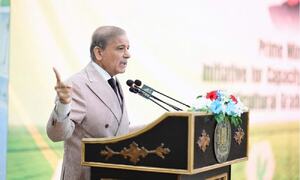


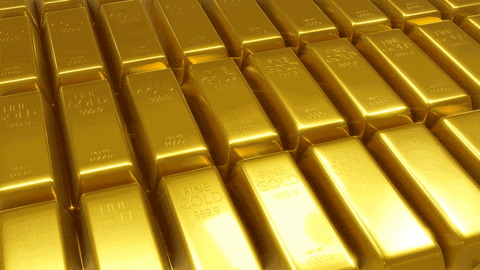








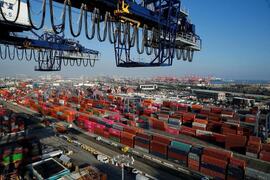
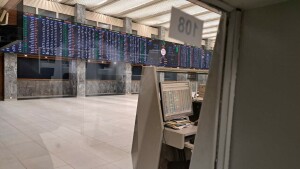
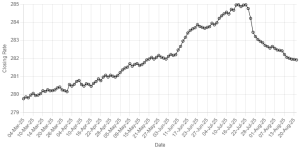

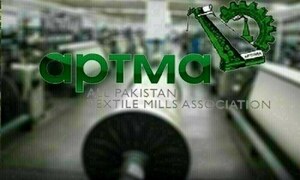
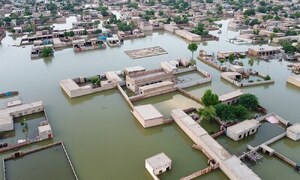
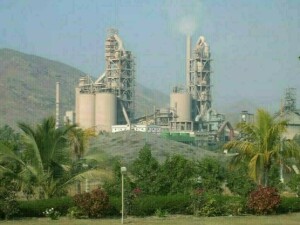
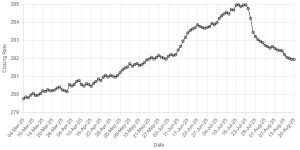
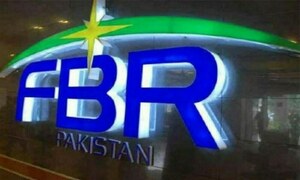
Comments
Comments are closed.